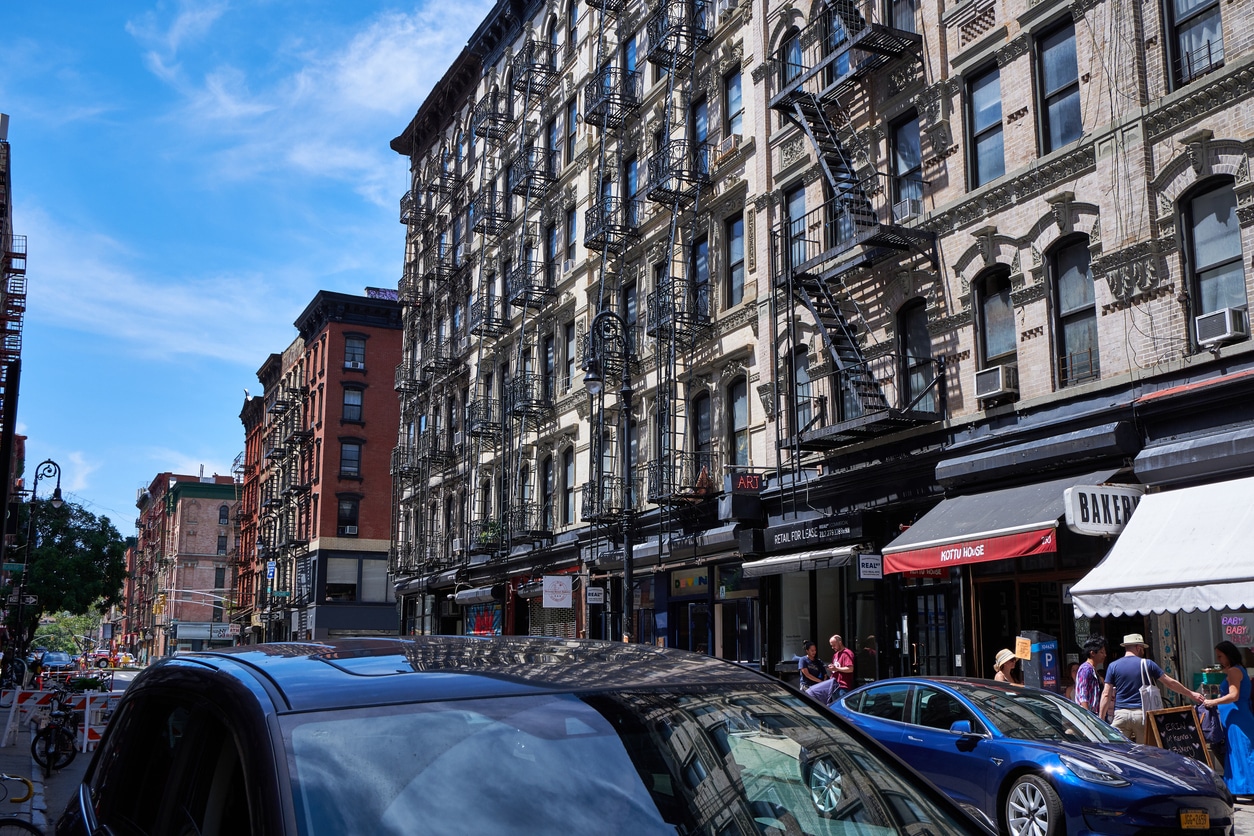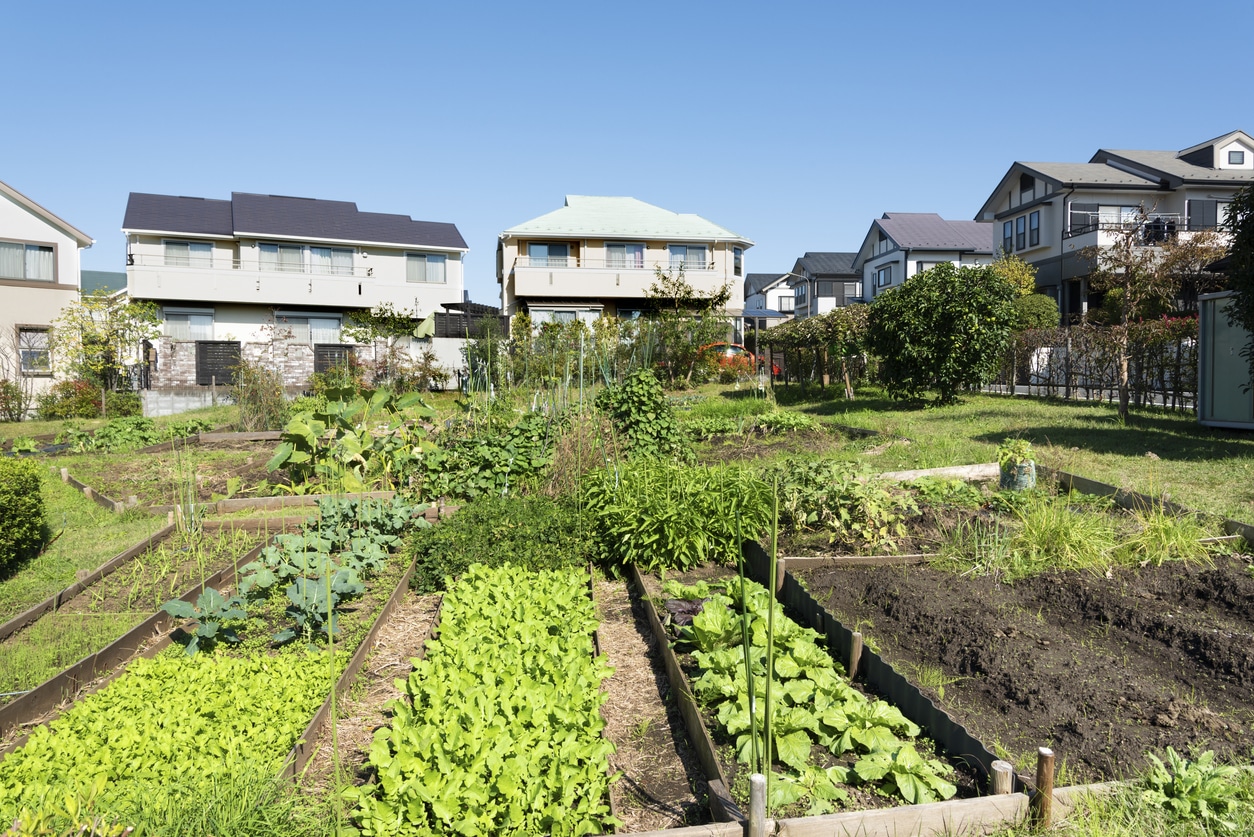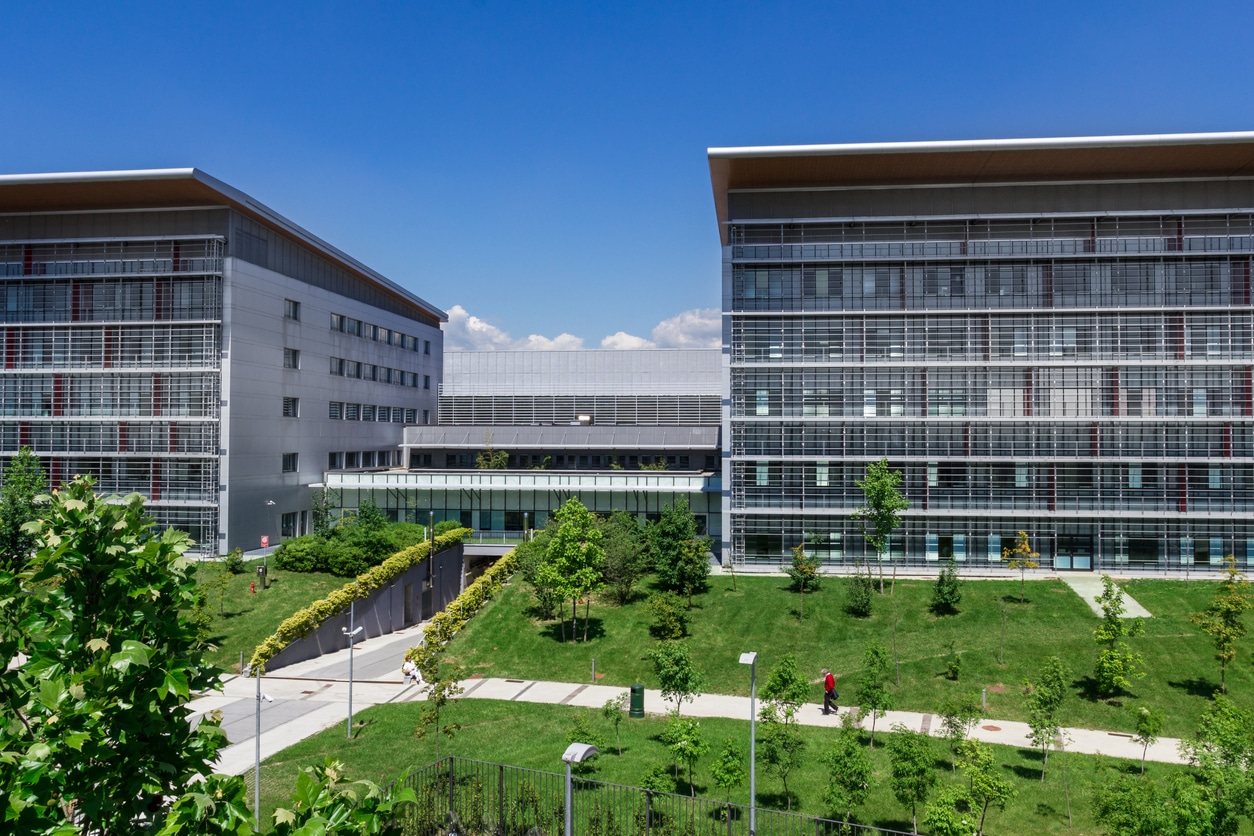
How Housing Cooperatives Can Work to Fight Climate Change
Across the U.S., more than 1.5 million people live in housing cooperatives. To have a positive environmental impact, local co-op communities in the U.S. are stepping up to address climate change. During the last few years, some communities have taken the initiative by adopting sustainable practices with an environmentally conscious impact.
As we confront the challenges of climate change, the proactive efforts of local co-ops show change can happen only when communities come together. This article talks about eco-friendly solutions for housing cooperatives and shows three examples, in the U.S., where these communities worked towards a more sustainable future.
Green Solutions for Housing Co-ops
The real estate industry is one of the biggest contributors to climate change, after the oil and gas industry. This sector is responsible for approximately 39% of total global emissions. New constructions require large amounts of concrete and steel, whose production is an energy-intensive process.
On the other hand, old buildings are less energy efficient, requiring more electricity or gas to keep warm. Given the high impact real estate has on global emissions, upgrading to energy-efficient solutions is paramount to reducing both the carbon footprint and the financial costs of housing co-ops.
Every year, the scale of global deforestation continues to increase, affecting the whole world. However, advancements in technology can help offset this. Buildings producing and spending energy more efficiently is key. A simple solution for this could be using low-carbon heating and cooling systems.
This shift towards energy-efficient homes not only reduces energy waste and greenhouse gas emissions, but also minimizes the demand for non-renewable energy resources. Housing co-ops can opt for more efficient home appliances, transition to LED lightbulbs or improve building insulation.
Additionally, housing cooperatives can take proactive steps towards adopting renewable energy production by installing solar panels. This is one of the most commonly adapted, eco-friendly changes seen across cities in the U.S. This is because solar panels are the easiest and most efficient way to save on electricity bills. They make optimal use of renewable energy from the sun, while being environmentally friendly. Today about 3.4% of the electricity in the U.S. is generated by solar panels, having a growing trend since 2021.
Urban agriculture is also gaining adoption in response to the increasing ecological challenges of our time. With an estimation of 29,000 community gardens across the U.S., it shows a growing trend towards sustainable living practices in recent years. Starting a community garden is not only about growing food through a sustainable approach, but also about creating a sense of belonging and connection.
Housing Co-op Examples with Impact on Climate Change
Let us look at how some co-ops in the U.S. have actively adopted climate-friendly solutions to lower carbon emissions, reduce energy costs and promote collaboration toward a common goal.
-
Raise-op Housing Cooperative – Lewiston, ME
Recently built, the Raise-op Housing Cooperative in Lewiston, ME is a community with over 50 residents. This is a great example of how certified, passive house buildings can create affordable and low-energy homes with a positive impact on the environment.
This housing co-op has installed roof-mounted solar panels to generate green energy for heating and cooling. Since implementation, the panels have generated approximately 50% of the building’s yearly energy requirements.
-
Hillcrest Community Cooperative – Clarks Grove, MN
Another housing co-op community striving to reduce energy costs, while minimizing its ecological footprint, is the Hillcrest Community Cooperative in Clarks Grove, MN. This 88-home community had a shared interest in renewable energy.
The residents were looking for solutions to help them lower their energy expenses. Since installing solar panels, Hillcrest Community Cooperative has reduced their energy bills by 40%.
-
Riverton Community Housing – Minneapolis, MN
In 2021, Riverton Community Housing in Minneapolis, MN partnered with All Energy Solar to install 1,020 solar panels on several housing co-ops. This is estimated to offset 470,000 KWh of energy produced on the standard electric grid.
Notably, the members of the Riverton Community Housing took several sustainable initiatives, like building compost stations and recycling their waste. Also, this was the first community in Dinkytown to have a community garden on their roofs.
To keep their crops organic and conserve water, they exclusively used rainwater to irrigate their gardens. By using rainwater for irrigation, instead of tap water, the community was able to prevent pollutants from entering the Mississippi River.
Conclusion
In conclusion, through innovative solutions, housing cooperatives can make a change in their communities, while having a positive impact on the environment. By choosing sustainable solutions, like solar panels or community gardens, this common approach can help reduce communities’ environmental footprints.
The efforts of these three housing co-ops show the impact communities can have in bringing positive changes. By sharing what they are doing, they could inspire other communities to join them and be part of the change.




Post a comment